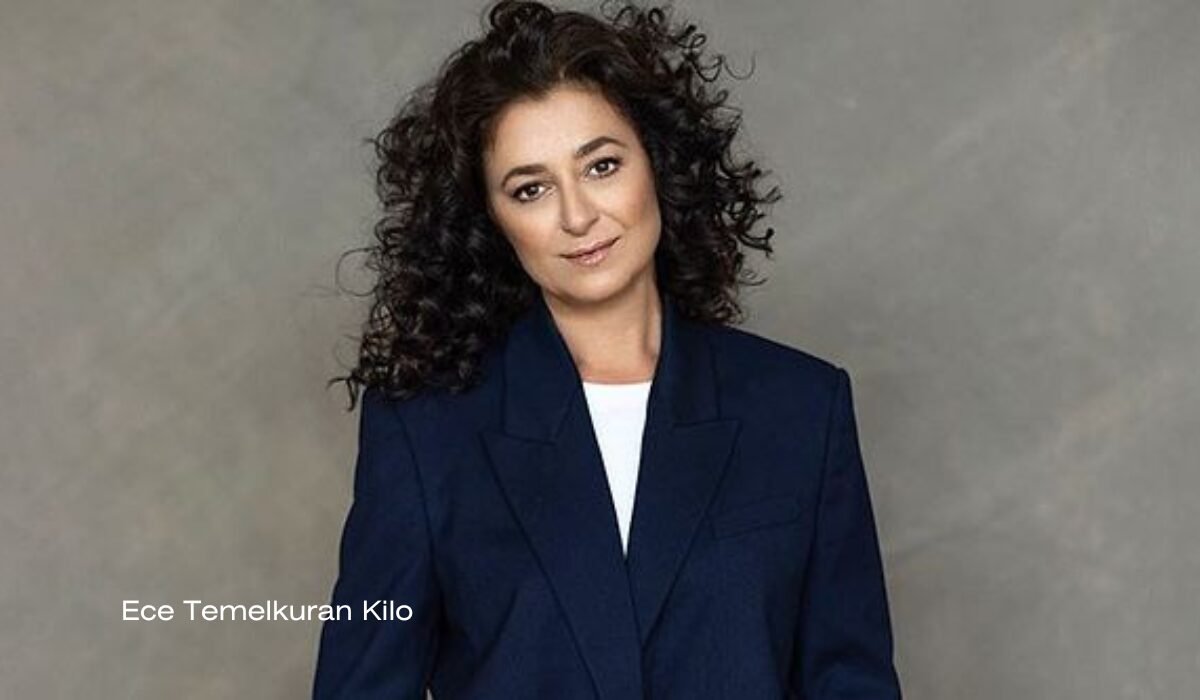In an ultra-contemporary world, wherein social media and celebrity culture dominate, the strain to fulfill unrealistic splendor standards may be overwhelming. This is particularly true in nations like Turkey, where splendor ideals extensively impact personal and societal identity. The Turkish way of life, with its deep-rooted emphasis on appearance, has largely dictated how women understand themselves and are perceived with the aid of others. This post explores those themes via the lens of Ece Temelkuran Kilo Köşe Yazısı,” which examines the complex relationship between weight and identity in Turkish society.
The Cultural Weight of Beauty Standards
In Turkey, as in many cultures, beauty is often seen as a reflection of one’s well-being. This societal expectation places massive pressure on individuals, particularly women, to conform to a positive image. These requirements are not honestly personal alternatives but are deeply ingrained in cultural norms and values. Women who deviate from those beliefs frequently face scrutiny and judgment, impacting their vanity and intellectual well-being.
Ece Temelkuran Kilo Köşe Yazısı” gives a poignant critique of these pressures. She argues that the obsession with weight isn’t pretty much bodily appearance; however, it is intertwined with identity and social recognition. In a society where appearance can dictate social reputation, the results for those who do not match the mold are massive.
The fixation on beauty and weight isn’t unique to Turkey, but the cultural underpinnings make it a particularly difficult problem. Understanding these dynamics is vital for addressing the broader implications on women’s intellectual health and societal roles.
Decoding Ece Temelkuran’s “Kilo Köşe Yazısı”
Ece Temelkuran, a famed journalist and writer, uses her platform to challenge societal norms and provoke notions. In her essay “Kilo Köşe Yazısı,” she dissects the cultural obsession with weight and its effect on identity. Temelkuran’s artwork encourages readers to question why weight is given such prominence in defining a person’s price.
She highlights the anomaly of a society that idolizes thinness but is steeped in a rich culinary way of life. This contradiction is emblematic of the broader war many face—balancing cultural historical past with current splendor necessities. Temelkuran’s essay serves as a name for a movement, urging readers to rethink how weight influences perceptions and self-confidence.
The essay isn’t always simply a critique but a reflection of the demanding situations many face in reconciling non-public identification with societal expectations. By exploring these subjects, Temelkuran speaks on the need for a more inclusive and accepting society.
The Impact of Body Positivity Movements
In recent years, body positivity actions have received momentum internationally, hard conventional beauty necessities and selling self-love. While these moves provide desire and empowerment, they also face annoying situations in clearly reshaping societal perceptions. In Turkey, where cultural norms are deeply entrenched, adopting body positivity may be complex.
Ece Temelkuran’s paintings address those demanding situations, highlighting the distance between the beliefs of body positivity and the fact many girls face. Despite the growing reputation of various body types, societal attitudes often lag. Temelkuran’s critique underscores the need for proper exchange, moving past ground-stage beauty to a more profound expertise of an individual well-worth.
The frame positivity motion is a step in the proper course but calls for a concerted attempt to shift mindsets and dismantle lengthy-standing stereotypes. For real progress, there needs to be a dedication to celebrating all frame sorts and redefining splendor necessities in an inclusive and empowering manner.
The Mental Health Implications of Societal Pressures
The societal obsession with weight and beauty has profound implications for intellectual fitness, mainly for women. The stress of complying can cause a group of highbrow fitness problems, consisting of anxiety, despair, and eating problems. The stigma connected to weight and looks can exacerbate the demanding situations, making it challenging for individuals to seek help.
Ece Temelkuran’s insights carry hobby to the highbrow fitness struggles that regularly accompany societal pressures. She advocates for an extra compassionate and informative approach, spotting the intellectual toll of looking to meet unrealistic expectancies. Temelkuran’s artwork encourages a broader communique about highbrow health and the need for supportive environments by shedding light on those issues.
Understanding the intellectual fitness implications of beauty standards is critical for creating a society that values well-being over appearance. Prioritizing mental health and fostering open discussions can promote a more balanced and healthful mindset on splendor and self-confidence.
Ece Temelkuran’s Critique of Turkish Society
Ece Temelkuran’s artwork effectively critiques the societal pressures surrounding weight and frame image in Turkey. Her writing disturbingly conditions readers to think about how cultural norms shape perceptions and affect behavior. By questioning those standards, Temelkuran advocates for a more inclusive society that values individuals for who they are rather than how they look.
Her critique highlights the need for an alternate between the man or woman and the societal ranges. It calls for introspection and a willingness to venture long-held ideals. Temelkuran’s work is a reminder that actual beauty lies in variety and authenticity and that societal exchange starts offevolved with character movement.
Through her exposition, Temelkuran summons perusers to contemplate the job of weight and appearance in their lives and to take a stab at a general public that embraces all types of quality.
Stirring things up
Changing cultural standards is a challenging endeavor. It calls for a collective effort and determination to redefine what is considered lovely. Ece Temelkuran’s artwork serves as a catalyst for trade, encouraging people to challenge the status quo and advocate for an extra inclusive and accepting society.
By addressing the troubles head-on, Temelkuran hopes to inspire new technology to assume otherwise about beauty and identity. Her paintings underscore the significance of self-popularity and the want to have a good time with individuality.
Challenging the repute quo isn’t quite an awful lot rejecting traditional beauty requirements; however, it is developing a subculture that values range and inclusivity. It empowers them to define their worth on threalrases and fosters a society in them.
The Job of Media and Culture in Molding Discernments
Media and culture play a significant role in shaping beauty and identity perceptions. In Turkey, as in many nations, media representations frequently strengthen slender beauty requirements, contributing to societal pressures—Ece Temelkuran’s work evaluates the representations of the one, calling for extra diverse and practical portrayals in media.
By highlighting the effect of media, Temelkuran encourages readers to be significant purchasers of content fabric and to impeach the messages they receive. She advocates for media that displays the range of society and promotes incredible body photography.
The role of media and culture is vital in challenging splendor norms and selling self-recognition. By assisting media that aligns with these values, humans can contribute to a broader cultural shift toward inclusivity.
The Path Forward for Body Image in Turkey
The course in advance for body photographs in Turkey consists of a multifaceted method that addresses cultural norms, media representations, and man or woman perceptions. Ece Temelkuran’s paintings offer a roadmap for this transformation, emphasizing the significance of dialogue and schooling.
By fostering open conversations about body image and beauty necessities, there’s an opportunity to redefine what is considered lovely in Turkey. Education plays an important role in this technique, assisting people in apprehending the impact of societal pressures and empowering them to make informed choices.
The course beforehand calls for collaboration among individuals, organizations, and institutions to create a way of life that values variety and promotes self-love. By working together, meaningful change may be possible that benefits everyone.
Conclusion
Ece Temelkuran Kilo Köşe Yazısı” offers a strong scrutinize of the cultural tensions encompassing weight and body photographs in Turkey. Her insights inspire readers to reconsider conventional beauty requirements and endorse an extra-inclusive society.
The stress of conforming to unrealistic beauty beliefs could have severe implications for intellectual fitness and self-esteem. By addressing those troubles, Temelkuran’s paintings encourage a broader discussion about the role of weight in defining identity.
Those curious about exploring the problematic subjects are enticed by Temelkuran’s other works and participate in body positivity and inclusivity discussions. Together, we can pave the way for a society that celebrates all varieties of splendor and empowers humans to outline their worth on their terms.

